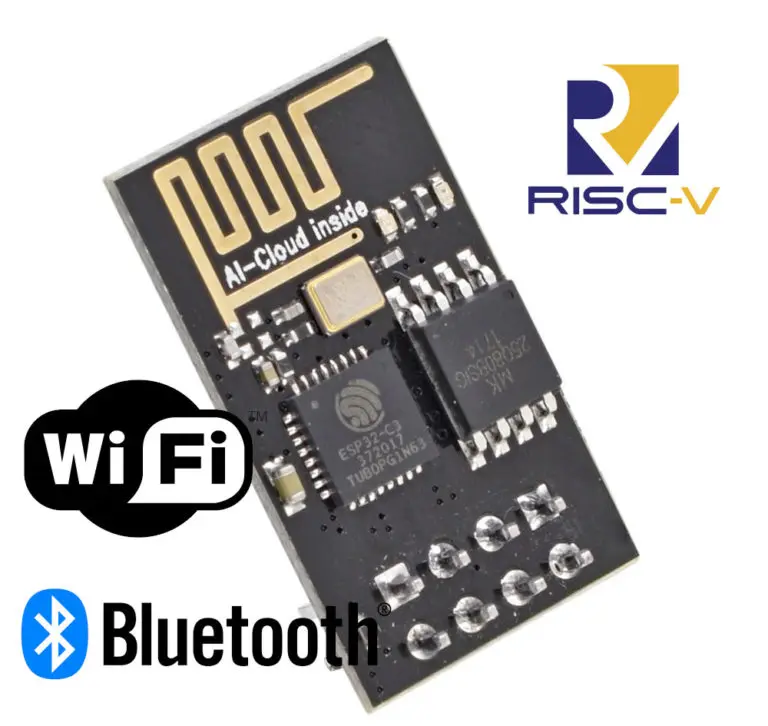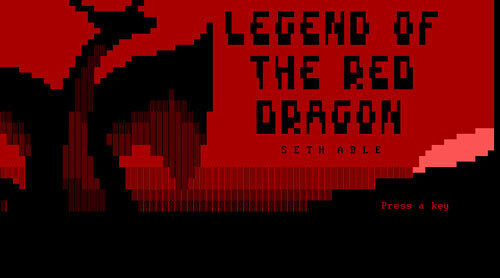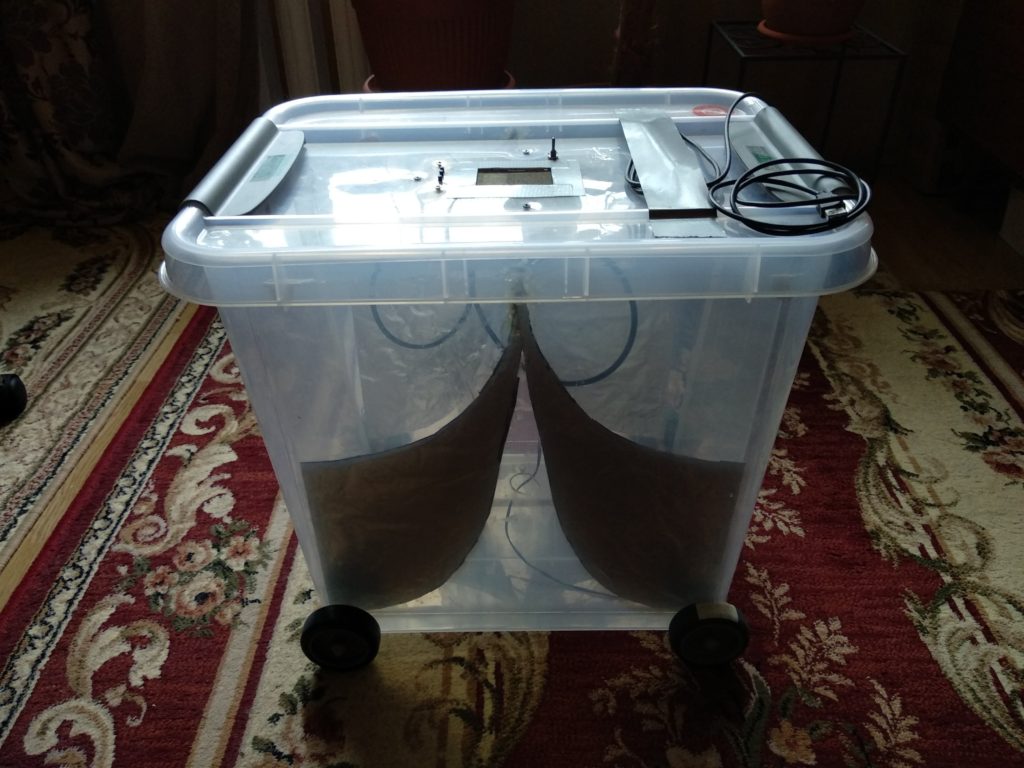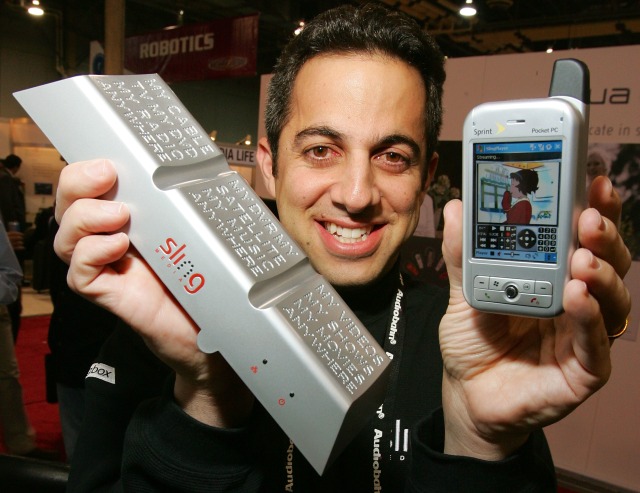When we reported about ESP32-S2-MINI modules last September, we also noted Espressif teased us with ESP32-S3 and ESP32-C3 with close to no details. ESP32-S3 is expected to be a multi-core WiFI & Bluetooth processor with AI instructions/accelerator, but there were no details about ESP32-C3 at all, and we only found out it would be a RISC-V processor several weeks ago.
But Twitter user Johnny Wu posted a screenshot in Chinese and its translation claiming ESP32-C3 was finally released by Espressif Systems. [Update: The datasheet has been released. See comments.]
ESP32-C3 WiSoC is pin to pin compatible with ESP8266, works with ESP32 development framework (e.g. ESP-IDF), supports Wi-Fi & Bluetooth LE 5.0 connectivity, and integrates 400KB SRAM & 384KB ROM. It features a single32-bit RISC-V (RV32IMC) core @ 160 MHz, and consume as little as 5uA in deep sleep mode. Pricing will also be similar to ESP8266.




